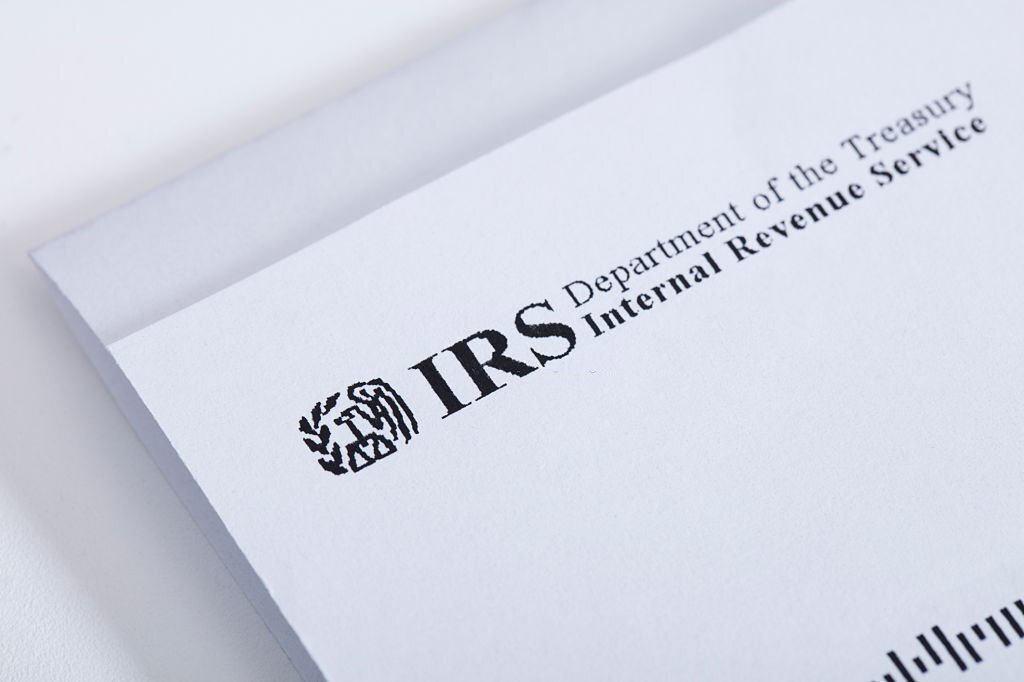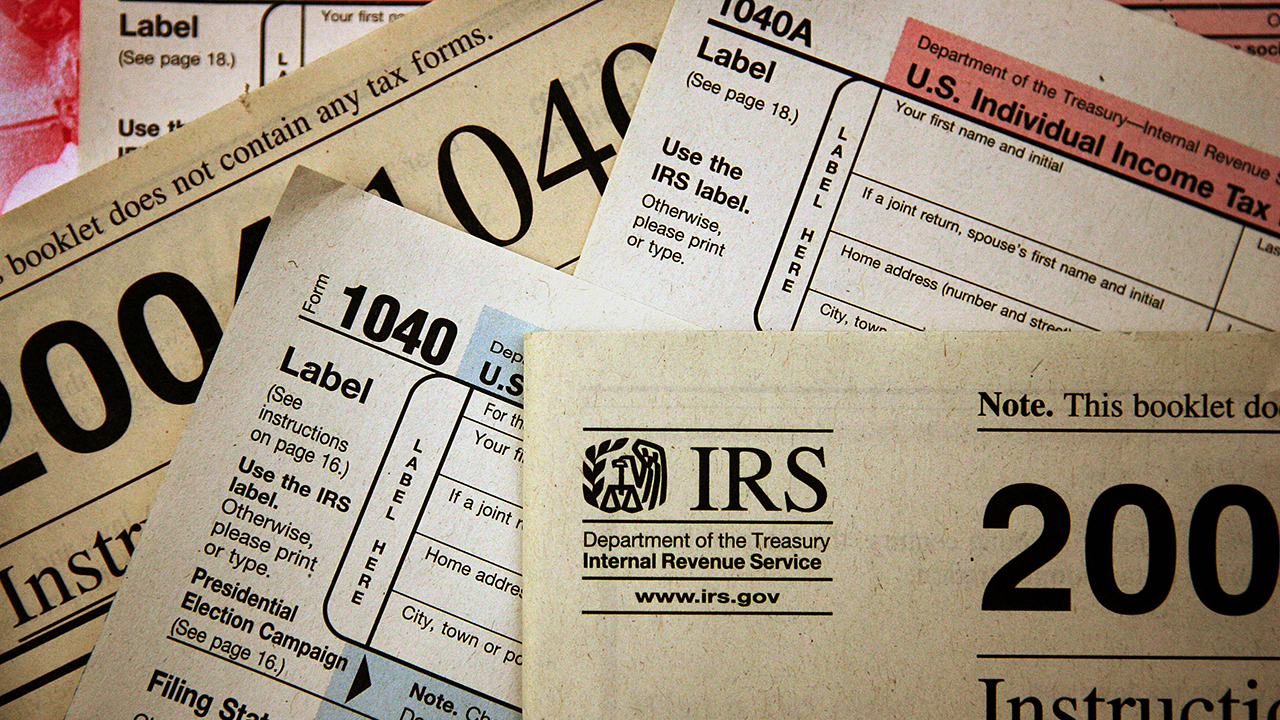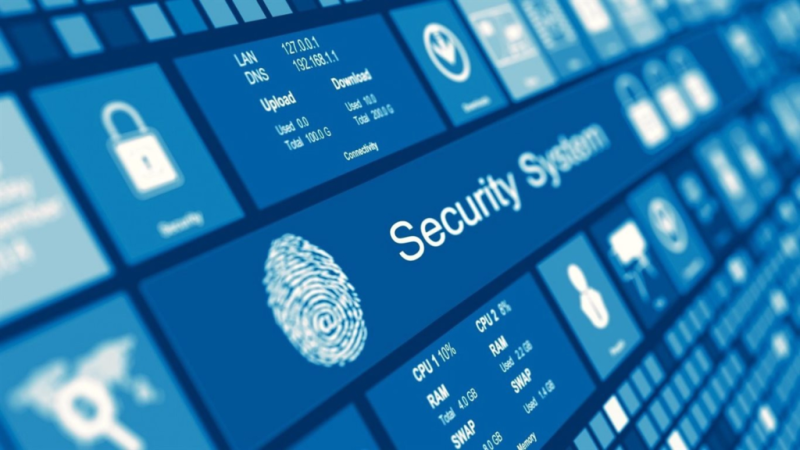Most people can’t recall the strategy of the organization they work for. Even the executives and managers responsible for strategy struggle, with one study reporting that only 28% of them could list three strategic priorities.
It’s not surprising. Many organizations don’t have a strategy. The few that do find it hard to communicate effectively, as it requires engaging with a wide range of stakeholders in different situations. They find it easier and less risky to issue lofty purpose statements, describe big goals, launch initiatives, or publish fixed plans instead.
Communicating strategy clearly increases the chances of an organization “winning” by helping people decide where to focus their attention, energy, resources, and capabilities. Unclear communication results in wasted effort from lack of alignment and confusion, which leads to inertia.
If you’re embarking on communicating your organization’s strategy, here are five ways to do it clearly.
Communicate comprehensively
Communications sometimes focus on one aspect of strategy to the detriment of others. For example, they lay out how to beat the competition but forget to address how best to serve customers. Or they describe an exciting vision but leave out important details of how the organization will deliver on it. They outline the trends, dynamics, and disruptions but fail to clearly articulate the choices they’ve made to address them.
The same goes for the audience. Executives prioritize communicating with employees and investors and then forget to engage with wider stakeholders, such as regulators or community groups, until they raise questions or objections.
To combat this narrow focus, a chief of staff I worked with developed a central repository of answers to frequently asked questions about her company’s strategy and highlighted the most important ones for each stakeholder group. This better prepared her to customize the message for the audience, which increased the efficacy of the communications. She also invited colleagues to contribute. That improved not just the quality of the answers, but also the consistency of messages across the organization, as those contributors felt a greater sense of ownership.
To communicate strategy comprehensively, you’ll need to:
- Visualize your ambition. To create intrigue, spark imagination, and build excitement in a better future, focus attention on the opportunities and possibilities ahead. ( “At our best we will become…”)
- Describe the contribution you want to make. Articulate the impactof the strategy on customers, wider stakeholders (e.g., citizens), and systems (e.g., the environment). (“We will make a significant contribution to our shareholders and the society we operate in by…”)
- Challenge the status quo. Encourage people to see the merits in trying a new path, overcoming personal and organizational inertia. (“We’re not serving our customers as best we can because…”)
- Instill belief in the organization. Signal confidence in the organization’s ability to get there while acknowledging there will be some changes. (“We’ve shown what we’re capable of before when we’ve applied the right mindset…”)
- Focus attention on what matters. Give people the opportunity to make the decisions they’re most capable of making about where to focus their time in line with the strategy — a process author Roger Martin calls “strategic choice chartering.” (“In my business area, we’ve chosen to focus on serving [x] customers in [these geographies] because [y] and we’ll win by being the best at [z]. The next choice is how and where to…”)
- Outline what will change. Encourage people to start making changes to the way they work. (“To deliver on the strategy, we’ll need to invest in these capabilities, deploy resources in new areas, and change the way we work.”)
- Set out the metrics. Clarify the behaviors, activities, and outcomes that are central to the strategy and assign metrics to them. (“We will measure our success in delivering on this strategy by the following metrics at the organizational and individual levels.”)
- Explain the thinking, logic, and evidence that supports the choices. Build credibility and confidence in the ambition, choices, and investments. (“This strategy is based on a number of important data points and assumptions.”)
- Describe the process. Instill confidence in the way you’ve developed the strategy. (“We developed this strategy in open dialogue throughout the process, inviting ideas and suggestions.”)
In most cases it’s not necessary to do this in one go. The trick is to combine the right message with the audience using the most effective medium, listening attentively to the responses and contributions and refining the communication (if not aspects of the strategy) as required; it’s certainly not a fixed construct.
Make it personal
Communications often paint a corporate picture of the world that doesn’t actually convey what’s expected of the audience — or how it benefits them.
Steve, a CEO I came to work with, walked off stage feeling great after presenting the new strategy to his team. The rehearsals he did had paid off. He landed all the important points and effectively included personal anecdotes and humor. Or so he thought.
As they shared their reactions with me, I could see that the audience members were less convinced: “That was some performance,” “It’s clear what the future looks like. But I have no idea what it means for me. What should I change? How will I change?,” “How will this strategy help my career?,” “The other executive committee members were nodding, but are they truly on board?”
Take four actions to avoid this scenario:
- Show that you’re implementing the strategy yourself through the choices you make. Prioritize spending your time, attention, and energy on the activities that best enable the strategy. Talk through areas of confusion or disagreement in your team in order to build alignment and commitment. Reflect on how your decisions and words are consistent with the strategy.
- Describe the new activities, capabilities, and behaviors that enable the strategy, and establish pilots to start rolling them out.
- Tackle nostalgia, fears, or frictions that might hold people back, such as, “We’ve tried this before and it didn’t work, so what’s different this time?” or “How can we improve our speed to market when we have to wade through so much bureaucracy?”
- Help people upskill — for example, through training programs (which should include teaching people about strategy, not just their functional skillsets), coaching, or mentoring.
Match the message to the moment
Communicating strategy often involves long, bombastic slide presentations or brief, bland statements online. By themselves, these rarely create the excitement, engagement, advocacy, or recall required to effect change.
Instead, design your communication as a series of engaging and dynamic exercises — with an emphasis on brevity and clarity. This requires three steps:
- Map out the critical or “imprintable” moments — including the people involved — where you want to communicate strategy. This could be an interview with a recruit, a pitch to investors, a board meeting, a townhall presentation, a team huddle, or a performance appraisal.
- Decide what messages you want to emphasize. If you’re with a potential partner organization, you might want to focus on the ambition and opportunity ahead, whereas with a group of managers, you’ll want to articulate the choices and changes you’ve made and encourage them to make their own.
- Select the tool or asset that best works for the people, moment, and message. For a one-on-conversation, you might use a two-minute (or even shorter) elevator pitch, or an anecdote about the organization’s advantage. In a larger group setting, a visualization that describes elements of the strategy, or a story that illustrates how the organization will overcome the challenges it faces, works well. In an email, you might use a one-paragraph summary of the strategy, along with some answers to frequently-asked questions, and a personal reflection on what it means to the you.
As an example of online communication, telecommunications company BT uses a single visual on its website to connect purpose, ambition, values, and strategy. BP (British Petroleum) set out its strategic narrativein a well-written press release, while carmaker Renault presented its “Renaulation” plan in a highly visual, content-rich presentation.
Empower people through transparency
The responsibility for communicating strategy is often restricted to a select few, based on two mistaken beliefs: Only the top team has responsibility for strategy and strategy is too complex for others to communicate. Information is also restricted based on two other mistaken beliefs: Too much detail will distract people and competitors will gain an advantage from knowing more about the strategy.
This approach limits the opportunity for employees, partners, suppliers, and other stakeholders to contribute to, advocate for, and deliver on the strategy. They want to hear from people they work closely with — not just the top team — and to understand the full picture.
One CFO I worked with made a point to explain on calls and in meetings how what she and her team were doing contributed to the strategy. She also encouraged people involved in the development of strategy to play a prominent role in the program of communications and to act as advocates in their daily activities. This ranged from people who contributed ideas and perspectives in crowdsourcing events to those who played a central role in designing the strategy (including representatives from corporate development, sales, customer service, operations, and HR).
Help people understand the strategy and make their own choices by:
- Sharing as much of the strategy as possible, explaining the critical decisions, assumptions made, and uncertainties. Provide the assets and information in one place so people can select what they’re interested in.
- Describing how important decisions enable the strategy, such as a new investment, closure, restructure, or partnership.
- Communicating progress honestly. Share updates on what’s working and what’s challenging and invite people to contribute ideas.
- Holding back detail wisely. Only restrict information if it has the potential to overwhelm or confuse people or undermine commercial activity (e.g., a potential acquisition or new venture).
- Creating open channels. Make it easy for people to share ideas, raise challenges, and ask questions.
Repeat, listen, and refresh
After the launch of a strategy, life often goes back to “normal” as people revert to old habits, practices, and routines — especially in many large, traditional companies. Communications fade away. Apart from the wasted effort, it leaves the organization less resilient and more susceptible to disruption.
Strategy needs to evolve in a world that is more volatile and uncertain than before. Its communication, therefore, needs to be both systematic and flexible. This requires you to:
- Map out clear sequences of communications with different stakeholder groups in different moments to ensure clarity and consistency of messages. Research suggests it takes about two months to embed a new habit, even with the best communications and incentives — so this needs to be a sustained effort and include some repetition. You’ll know it’s resonating when stakeholders start to use the same language, and, most importantly, start making their own choices about where to focus and how to work differently.
- Ask questions to encourage participation and overcome obstacles. Think, “What can we do to accelerate the changes?” or “What can we remove to make our lives easier?” Listen carefully to the answers.
- Monitor weak signals of change within and outside the organization that should change the content and nature of communication (let alone the strategy). For example, if there’s a change in consumer sentiment or aggressive competitor activity, communications should call out the resilience of the strategy (or the reasons for changes).
- Surface and highlight success stories to reinforce the messages, maintain interest, and build commitment.
Source: HBR





